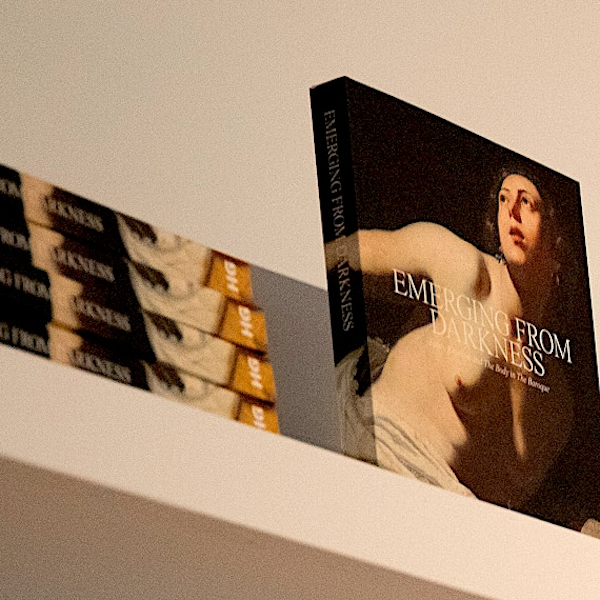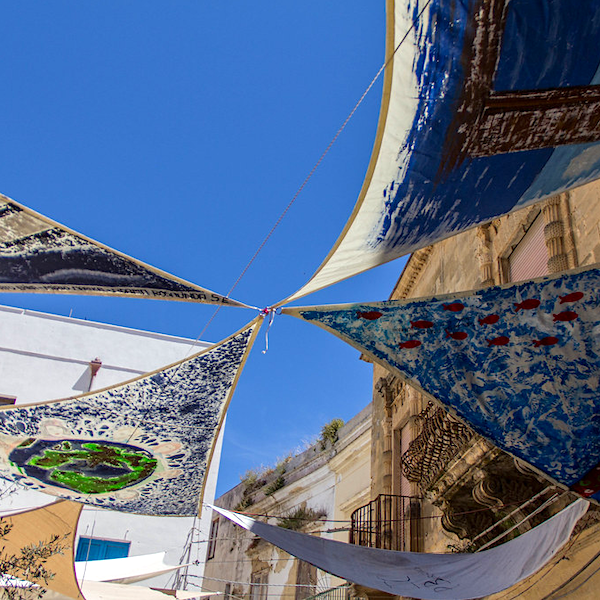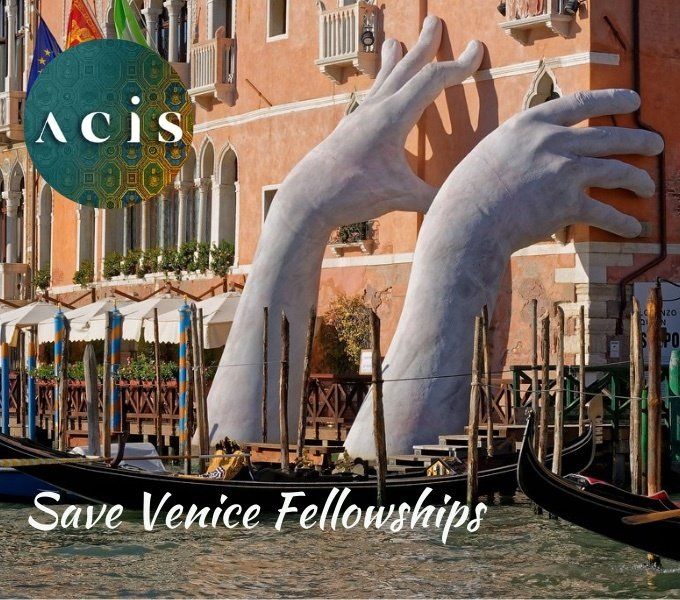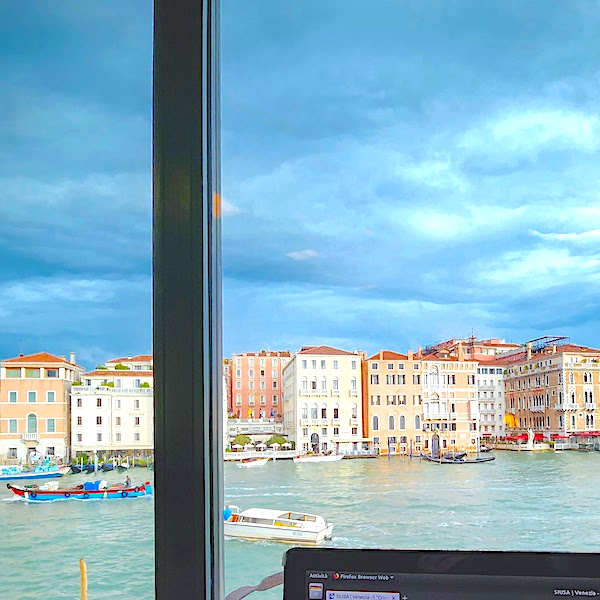‘Ugly Secrets’? Primo Levi and the Resistance
Mirna Cicioni Monash University
 It is well known that Primo Levi was deported to Auschwitz as a Jew. What is less well-known outside Italy is that he was arrested as a member of one of the first fighting units of the Italian Resistance. Levi consistently made negative judgments about his participation in the Resistance. In his last book, I sommersi e i salvati
, he summarises his experiences in four harsh adjectives: “la mia carriera partigiana è stata cosí breve, dolorosa, stupida e tragica” ( Opere
, II, 1098). On 8 September, the day of Italy’s armistice with the Allies, when Northern Italy became an occupied country, Levi was 24 years old, and had “poco senno, nessuna esperienza, e [. . .] un moderato e astratto senso di ribellione” (I, 7). With his mother and sister, he fled to Amay, a small village in the Aosta Valley, not far from the Swiss border, full of soldiers from the disbanded Italian army and informers from Mussolini’s Italian Social Republic.
It is well known that Primo Levi was deported to Auschwitz as a Jew. What is less well-known outside Italy is that he was arrested as a member of one of the first fighting units of the Italian Resistance. Levi consistently made negative judgments about his participation in the Resistance. In his last book, I sommersi e i salvati
, he summarises his experiences in four harsh adjectives: “la mia carriera partigiana è stata cosí breve, dolorosa, stupida e tragica” ( Opere
, II, 1098). On 8 September, the day of Italy’s armistice with the Allies, when Northern Italy became an occupied country, Levi was 24 years old, and had “poco senno, nessuna esperienza, e [. . .] un moderato e astratto senso di ribellione” (I, 7). With his mother and sister, he fled to Amay, a small village in the Aosta Valley, not far from the Swiss border, full of soldiers from the disbanded Italian army and informers from Mussolini’s Italian Social Republic.
At the end of October Levi, nine other men and two women had formed a mostly Jewish ‘partisan band’ (the word Resistance was not yet being used ). Only two of the men had some military experience; the others had been barred from military service by the 1938 Race Laws. The band, like all other bands being formed at that time, lacked everything: money, food, weapons, information, and contacts with the political anti-Fascist underground. This made it easy for the Fascist Militia to select competent officers who had the task of going undercover into the bands. Two of them infiltrated Levi’s band. Early in the morning of 13 December, the first round-up of anti-Fascist fighters in occupied Italy took place in Amay: the Fascist Militia surrounded the small hotel which sheltered Levi’s band, arrested five members, including Levi, and took them to Aosta. Levi and the two women admitted that they were Jews and were sent to the internment camp in Fossoli, from which they left on 22 February 1944 in a sealed railway car bound for Auschwitz.
In 2013 two books were published within a few months of each other. The first, Il lungo viaggio di Primo Levi , by the sociologist Frediano Sessi, focuses specifically on Levi, from his arrival in the Aosta Valley to his arrival in Auschwitz. The second, by the historian Sergio Luzzatto, is an investigation of the whole Resistance movement in the Aosta valley and is entitled Partigia , a Piedmontese abbreviation of partigiani , which Levi himself used with an emphasis on the connotations “spregiudicato, deciso, svelto di mano” (II, 561). Both books discuss in great detail one event which took place in the brief life of Levi’s band, four days before the Fascist raid. On 9 December 1943 the band sentenced two very young members, 18-year-old Fulvio Oppezzo and 17-year-old Luciano Zabaldano, to death and executed them with a volley of machine-gun fire in the back. The episode, also mentioned in the two reputable biographies of Levi (Ian Thomson’s Primo Levi and Carole Angier’s The Double Bond ), produced an historical and cultural debate which went on for two months in the Italian media. This debate is interesting because it throws a little light not only on Levi, but also on what the British historian John Foot, in the title of an important book published in 2009, calls Italy’s Divided Memory , namely “the tendency for divergent or contradictory narratives to emerge after events, and to be elaborated and interpreted in private stories as well as through forms of public commemoration.”
In spite of their research (in Luzzatto’s case, very thorough, scholarly research), neither of the two authors – just as neither of Levi’s two biographers – is able to specify what exactly Oppezzo and Zabaldano were charged with, and what, if any, evidence lay behind the charges. They may have threatened to shoot other members of the band or betray them to the Social Republic. They may have either stolen food or taken food or money from the local farmers, telling them that they were requisitioning supplies for a partisan band and then keeping what they had taken for themselves. They may, as the historian and Levi scholar Alberto Cavaglion recently suggested, have threatened a Hungarian Jewish refugee who was in hiding near Amay, and thus contributed to her suicide. What is known is that after their deaths Oppezzo and Zabaldano were registered as having “fallen while fighting for the Resistance”, an ‘official version’ which went unchallenged until the publication of the two books.
Men being killed by their comrades, for reasons that are frequently left unexplained, is something that happens in all wars, and is usually kept quiet or glossed over. Partisan summary justice was to a large extent kept out of Italian historiography for over 30 years, as were other episodes of violence carried out by partisans during and after the war, because a positive, heroic Resistance narrative was seen as necessary in order to redeem the reputation of the Italian people and to defend the values of anti-fascism as the Cold War began and developed.
The silence of historians was compensated by literature. Several fiction texts represented partisan executions as inevitable, with human compassion tempered by considerations of justice. Beppe Fenoglio’s story ‘Vecchio Blister’, from I ventitre giorni della città di Alba (1952), ends with the swift execution of a member of a partisan unit who has been found guilty of armed robbery: “[Blister] corse avanti con le mani protese come a tappar la bocca dell’arma di Set e cosí i primi colpi gli bucarono le mani.” In Saverio Tutino’s collection La ragazza scalza (1975) the story ‘Morti male’ ends with sombre comments about the execution of two partisans who had stolen from a farmer: “quando uno ruba e gli altri se ne accorgono, non e’ piu’ un partigiano, puo’ fare anche la spia.” Luigi Meneghello’s I piccoli maestri (1964) starkly depicts the effects an execution has on those who decide it and carry it out: “Si e’ in piedi, quasi ci si tocca. In una specie di scossa perdi quella radice che chiami te stesso, pare di morire insieme.” And Primo Levi never hid or glossed over the decision taken by the members of his band. He describes it, not in detail but in strongly emotional terms, in the story ‘Oro’, first published in 1974 and reprinted the following year in Il sistema periodico :
[F]ra noi, in ognuna delle nostre menti, pesava un segreto brutto: lo stesso segreto che ci aveva esposti alla cattura, spegnendo in noi, pochi giorni prima, ogni volontà di esistere, anzi di vivere. Eravamo stati costretti dalla nostra coscienza ad eseguire una condanna, e l’avevamo eseguita, ma ne eravamo usciti distrutti, destituiti, desiderosi che tutto finisse e di finire noi stessi (I, 853).
He had indirectly referred to the “segreto brutto” as early as 1952, in the poem ‘Epigrafe’. In the manner of Edgar Lee Masters’ Spoon River Anthology , a dead partisan tells his story:
O tu che segni, passeggero del colle,
Uno fra i molti, questa non piú solitaria neve,
Porgimi ascolto: ferma per pochi istanti il tuo corso
Qui dove m’hanno sepolto, senza lacrime, i miei compagni
[. . .]
Da non molti anni qui giaccio io, Micca partigiano,
Spento dai miei compagni per mia non lieve colpa,
Né molti piú ne avevo quando l’ombra mi colse. (II, 537)
The controversy on Levi’s ‘secret’ triggered by the books by Sessi and Luzzatto is one of the many echoes that the “divided memory” of the Resistance still has in 21 st -century Italy. In the 1990s, with the end of the “first Republic” and the weakening of traditional anti-fascist memory, there was a rebirth of right-wing historiography questioning the Resistance and focusing on partisan violence during and after the war and implying that, if the hands of partisans were stained with innocent blood, the boundaries between partisans and fascists were blurred: there were violence, dead young people and innocent victims on both sides, and thus both partisans and fascists deserve equal condemnation and equal sympathy.
In this spirit, Luzzatto’s book was reviewed positively, enthusiastically in fact, by right-wing newspapers. Levi’s attitude, in their view, had been at best silent acquiescence and at worst collaboration in, and concealment of, one of the many murders committed by partisans and ignored by historians. The most outspoken of Berlusconi’s daily papers, Libero , entitled its review “Se questa è Resistenza”, a jeering reference to the title of Levi’s Se questo è un uomo. The conservative Il Giornale stated, with no evidence whatsoever, that the “the two boys’ crime had been stealing some food” and that Levi “did not shoot, but took part in deciding the summary execution together with the leaders.”
At the same time as revisionist historiography, however, published research by left-wing historians – starting with Claudio Pavone’s Una guerra civile (1991) and including Cavaglion, Santo Peli, Giovanni De Luna and Giovanni Contini – provided less heroic, more complex accounts of the Resistance, acknowledging its dark as well as its positive sides while stressing that, with all its problems and contradictions, it was, in Sergio Luzzatto’s own words, “l’evento fondativo dell’identità repubblicana”. Left-wing reviewers defended Levi, fearing that the accusations of ‘taking part in murder’ and ‘being silent about it’ would have the effect of problematising his credibility not only about this episode, but also about his Holocaust testimony. The journalist Gad Lerner wondered if Luzzatto had tried to turn Levi’s notion of the “grey zone” against Levi himself, and to imply that the execution of Oppezzo and Zabaldano had cast an indelible shadow over all of Levi’s subsequent life and works. Another journalist writing in La Repubblica , Corrado Augias, argued that the motive behind the praises for Partigia was the wish not only to ‘debunk’ the Resistance, but to disown it, and its values, and its most important legacy, the 1948 Constitution.
The truth about the deaths of Oppezzo and Zabaldano, and Levi’s part in them, will probably never be known. With respect to Levi, research on him (or on any other writer) should not have the aim of making him into a saint or cutting him down to size; researchers should acknowledge both the integrity of his ruthless self-judgement and the courage he and his friends showed in the choice they made almost immediately after the armistice.
Note : All references to Levi’s works are from the two-volume Opere (Turin, Einaudi, 1997).
Share this:
- Share on Tumblr
- </div></li><li class="share-end"/><li class="share-reddit"><div class="reddit_button"><iframe src="https://www.reddit.com/static/button/button1.html?newwindow=true&width=120&url=https%3A%2F%2Facis.org.au%2F2014%2F08%2F27%2Fugly-secrets-primo-levi-and-the-resistance%2F&title=%27Ugly%20Secrets%27%3F%20Primo%20Levi%20and%20the%20Resistance" height="22" width="120" scrolling="no" frameborder="0"/></div></li><li class="share-end"/></ul></div></div></div></div></div> <div id="jp-relatedposts" class="jp-relatedposts"> <h3 class="jp-relatedposts-headline"><em>Related</em></h3> </div></div> </div>








